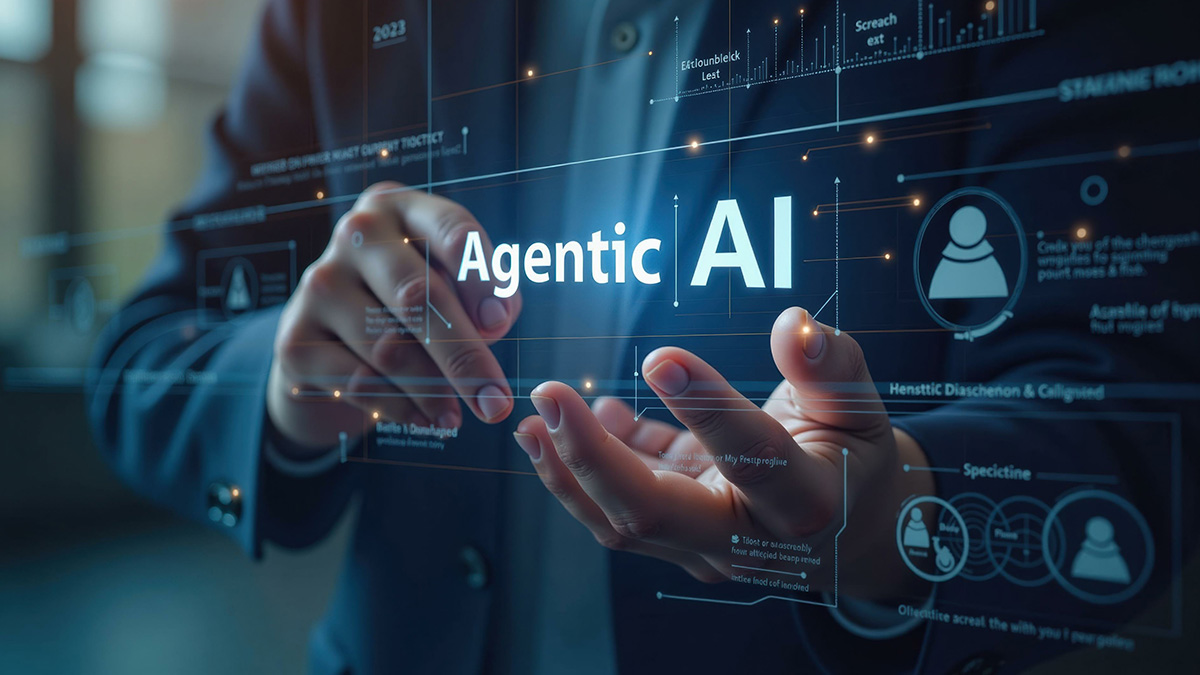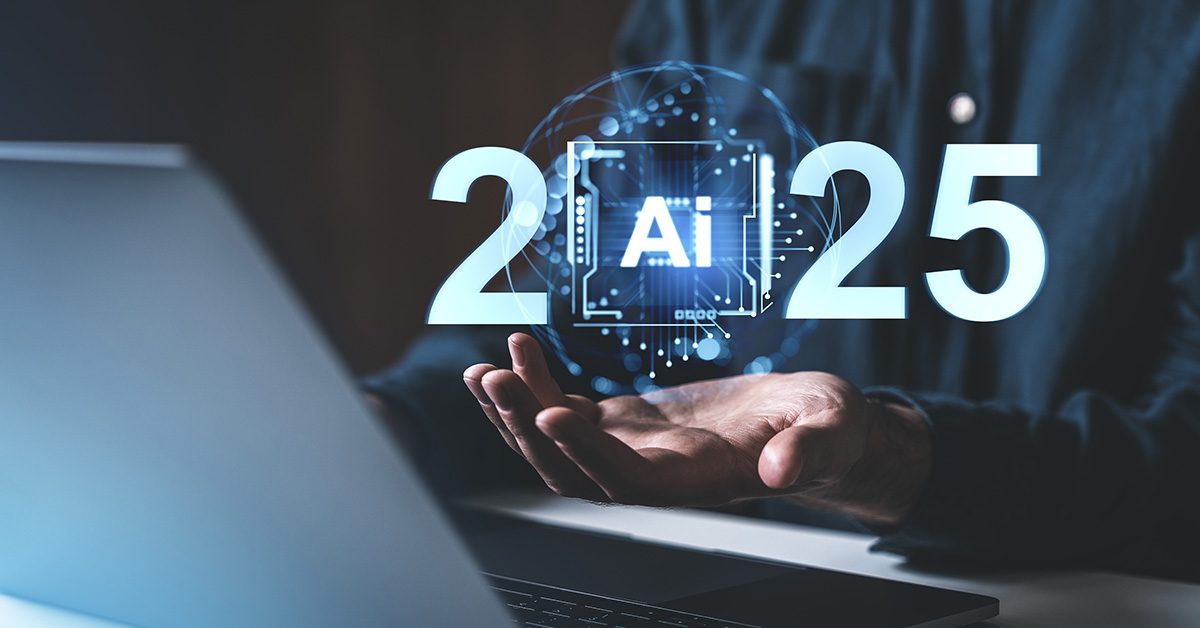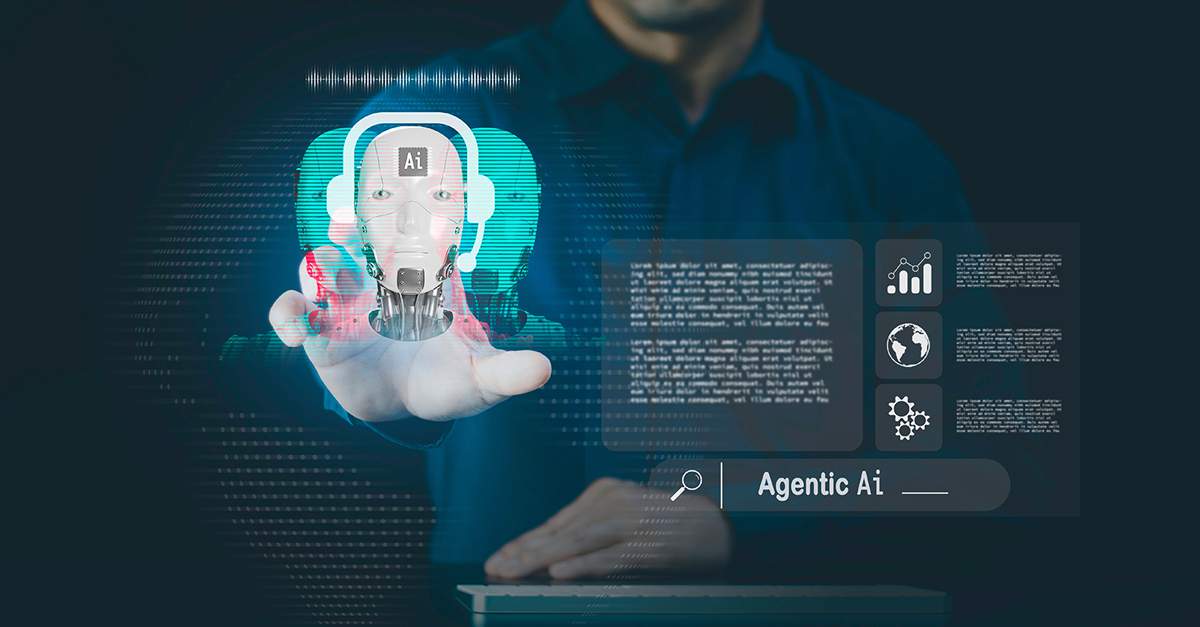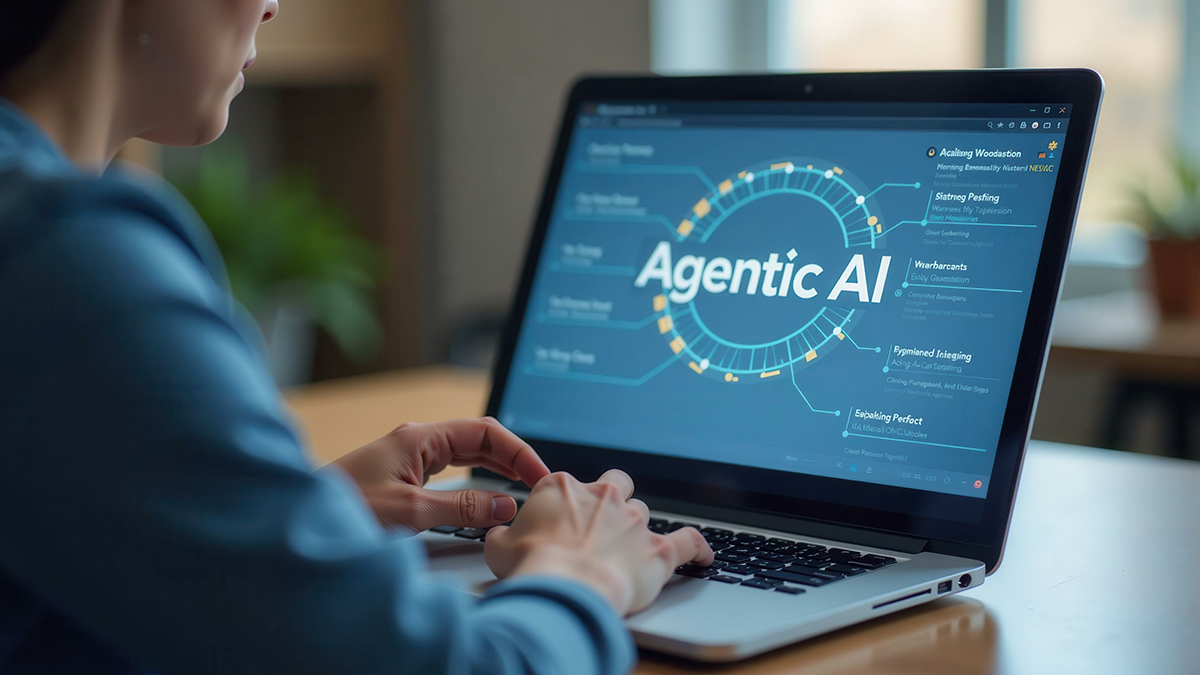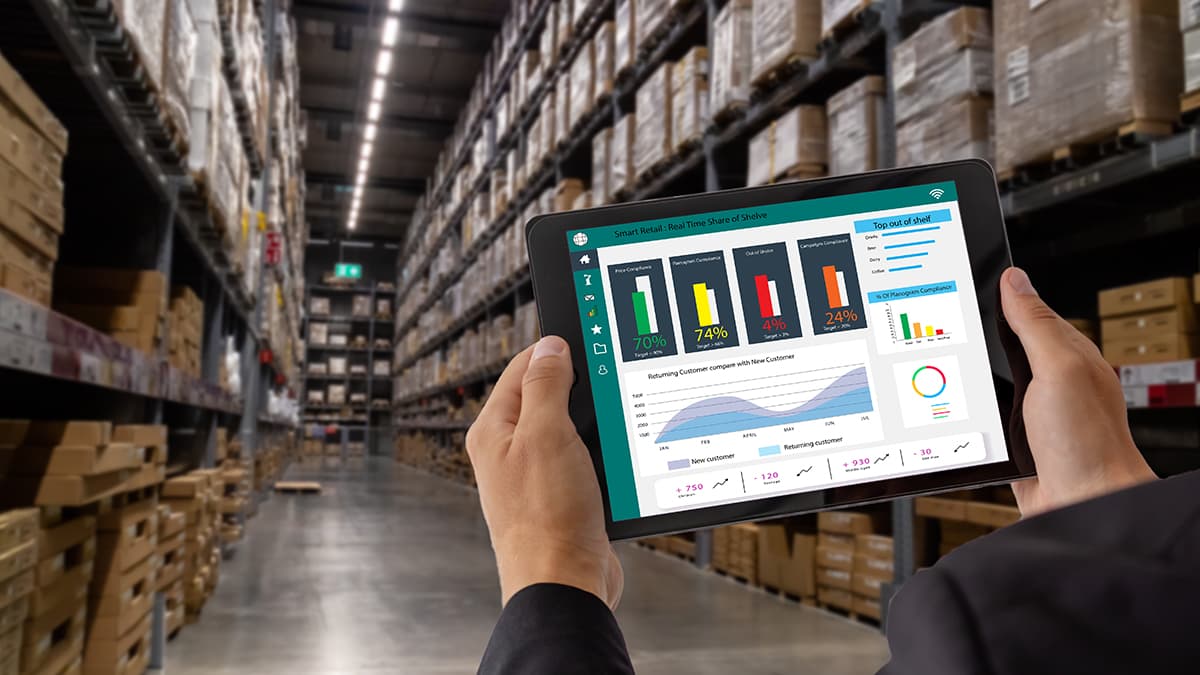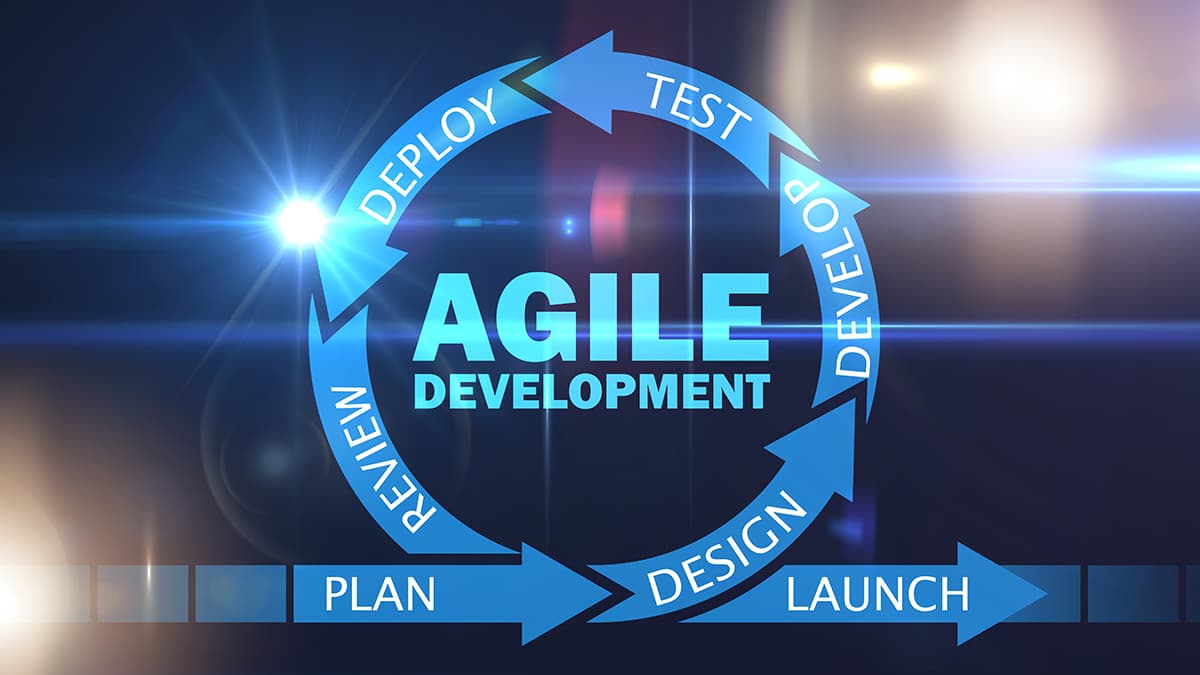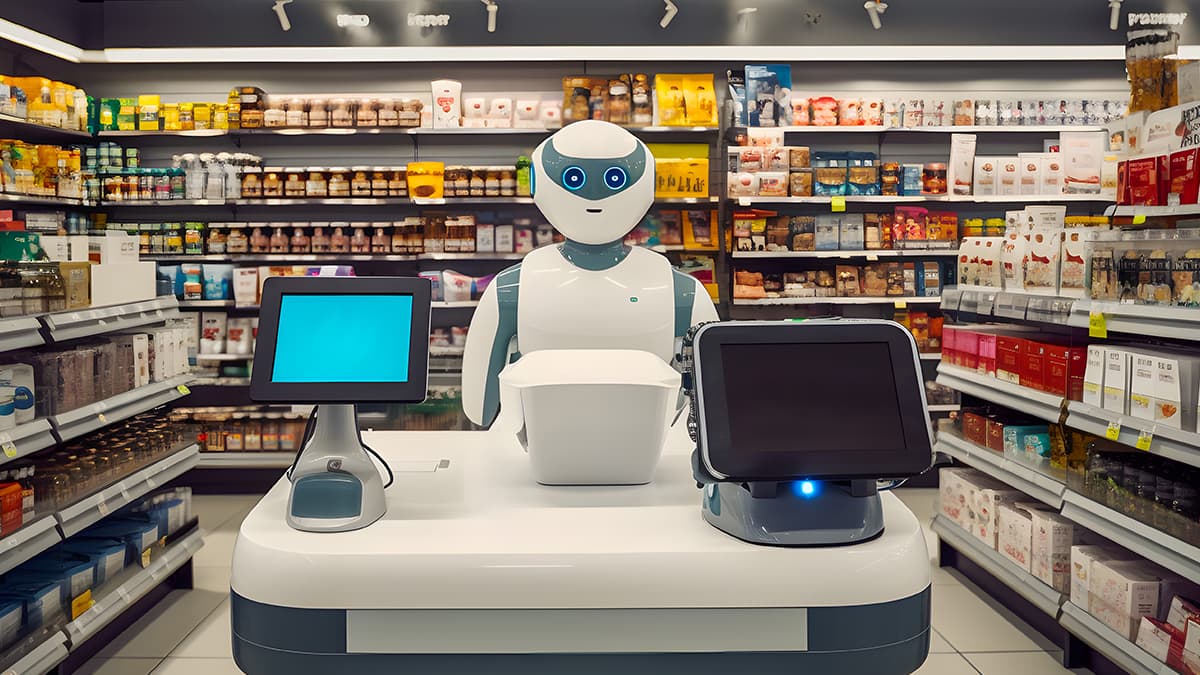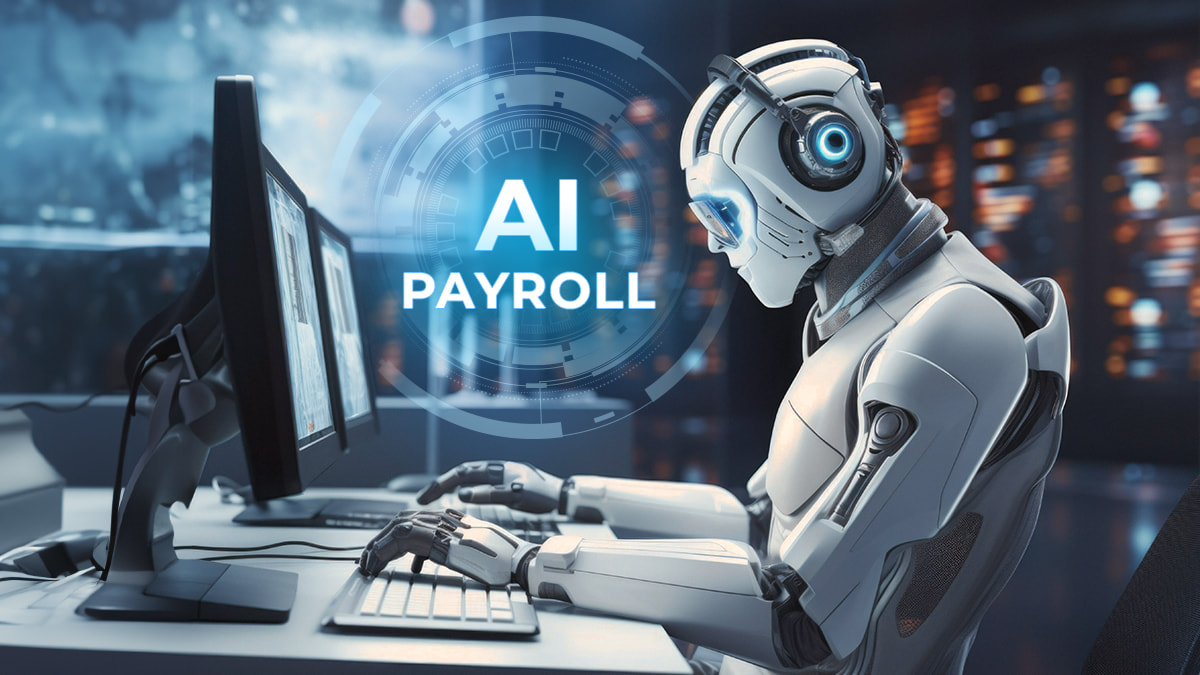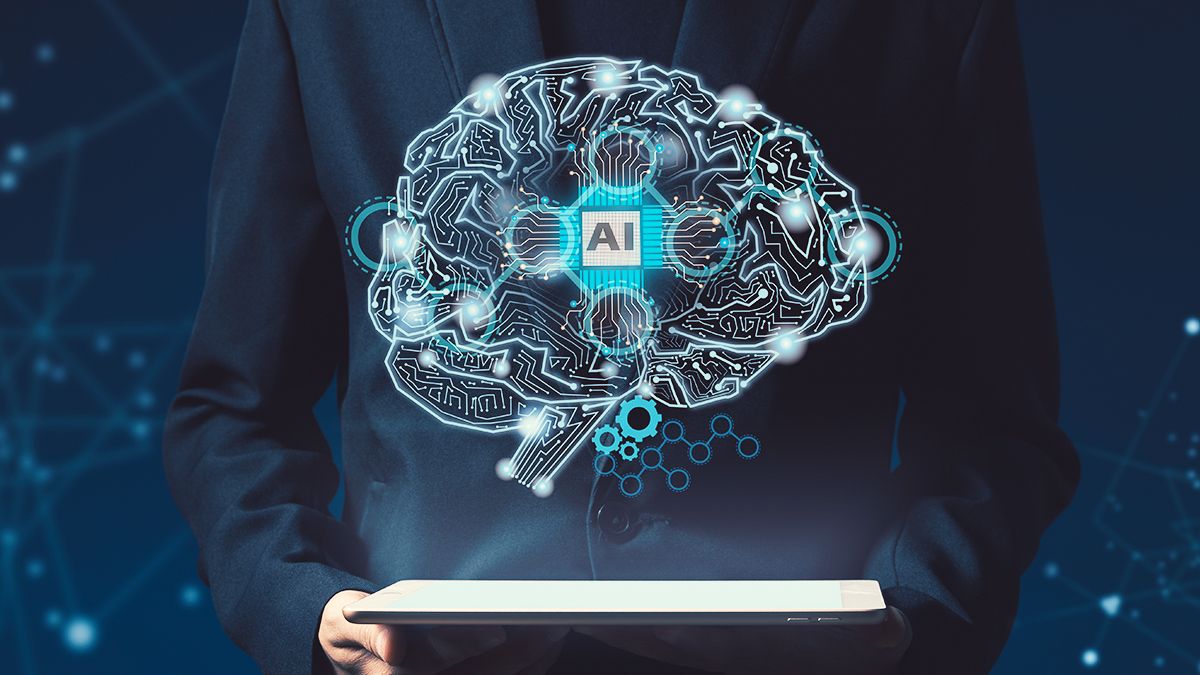
In an era of rapid technological advancement and increasingly sophisticated cyber threats, Security Operations Centers (SOCs) are at the forefront of organizational defense. As we look ahead to 2024, several key trends are shaping the future of SOCs, influencing how businesses approach cybersecurity.
_1728476502.jpeg)
Here’s what organizations need to look out for:
1. AI-Powered Threat Detection and Response
Artificial Intelligence (AI) and Machine Learning (ML) are revolutionizing SOC capabilities. In 2024, we expect to see widespread adoption of AI-driven tools that can analyze vast amounts of data in real-time, identifying potential threats with unprecedented accuracy and speed. These systems will not only detect anomalies but also predict potential attack vectors, allowing for proactive defense strategies.
According to a report by Gartner, by 2024, organizations adopting a cybersecurity mesh architecture will reduce the financial impact of security incidents by an average of 90% (Gartner, 2021). This significant reduction is largely attributed to the integration of AI and ML technologies in threat detection and response systems.
2. Cloud-Native SOC Operations
The shift towards cloud-based infrastructure continues to accelerate, and SOCs are no exception. Cloud-native SOC operations offer enhanced scalability, flexibility, and cost-effectiveness. In 2024, we anticipate a surge in cloud-based security platforms that provide comprehensive visibility across hybrid and multi-cloud environments.
A study by Mordor Intelligence projects the cloud security market to grow at a CAGR of 14.9% between 2021 and 2026, underscoring the increasing importance of cloud-native security solutions (Mordor Intelligence, 2021).
3. Extended Detection and Response (XDR)
XDR represents the next evolution in threat detection and incident response capabilities. By integrating data from multiple security products, XDR provides a holistic view of threats across networks, cloud workloads, endpoints, and applications. In 2024, XDR will become a cornerstone of many SOC strategies, enabling more efficient and effective threat management. Forrester predicts that by 2024, 40% of security operations centers will evolve to XDR (Forrester, 2021). This transition will significantly enhance the ability of SOCs to detect and respond to complex, multi-vector attacks.
4. Automation and Orchestration
As the volume and complexity of cyber threats continue to grow, automation and orchestration will become increasingly critical for SOC efficiency. In 2024, we expect to see greater adoption of Security Orchestration, Automation, and Response (SOAR) platforms, which can automate routine tasks, streamline workflows, and accelerate incident response times.
A report by Markets and Markets forecasts the SOAR market to reach $2.3 billion by 2024, growing at a CAGR of 15.6% from 2019 to 2024 (Markets and Markets, 2019). This growth reflects the increasing reliance on automation to manage the expanding threat landscape.
5. Zero Trust Architecture
The traditional perimeter-based security model is becoming obsolete in an era of remote work and cloud computing. Zero Trust Architecture (ZTA) is emerging as a crucial framework for SOCs in 2024. This approach assumes no trust by default and requires continuous authentication and authorization for all users and devices.
The U.S. National Institute of Standards and Technology (NIST) has published guidelines on implementing Zero Trust Architecture, signaling its growing importance in cybersecurity strategies (NIST, 2020).
6. Focus on Insider Threats
While external threats remain a significant concern, insider threats are gaining increased attention. In 2024, SOCs will place greater emphasis on detecting and mitigating risks from within the organization, whether malicious or accidental. This will involve advanced user and entity behavior analytics (UEBA) and data loss prevention (DLP) technologies.
The Ponemon Institute reports that the average cost of insider threats rose by 31% from 2018 to 2020, reaching $11.45 million per incident (Ponemon Institute, 2020). This trend underscores the critical need for robust insider threat management programs.
_1728476541.jpeg)
7. Skills Gap and Talent Shortage
The cybersecurity skills gap continues to be a pressing issue for SOCs. In 2024, organizations will need to adopt innovative approaches to talent acquisition and retention. This may include increased investment in training programs, partnerships with educational institutions, and the use of AI to augment human capabilities.
(ISC)² estimates that the global cybersecurity workforce needs to grow by 65% to effectively defend organizations' critical assets (ISC)², 2021). This shortage highlights the urgent need for creative solutions to the talent crisis.
As we approach 2024, SOCs must evolve to meet the challenges of an increasingly complex threat landscape. By embracing AI-powered tools, cloud-native operations, XDR, automation, and Zero Trust principles, organizations can enhance their security posture and resilience. Additionally, addressing the skills gap and focusing on insider threats will be crucial for maintaining robust cybersecurity defenses.
The future of SOCs lies in their ability to adapt to these trends, leveraging cutting-edge technologies and strategies to stay ahead of cyber adversaries. Organizations that proactively embrace these developments will be better positioned to protect their assets, maintain customer trust, and navigate the digital landscape securely.
CSM Tech is a SOC 2 Type 2 certified CMMI Level 5 organization that works with federal & regional entities as well as enterprises to strengthen their network and system security. Reach out to us for a quote today: www.csm.tech/americas/contact-us
Want to start a project?
Get your Free ConsultationOur Recent Blog Posts

© 2025 CSM Tech Americas All Rights Reserved






